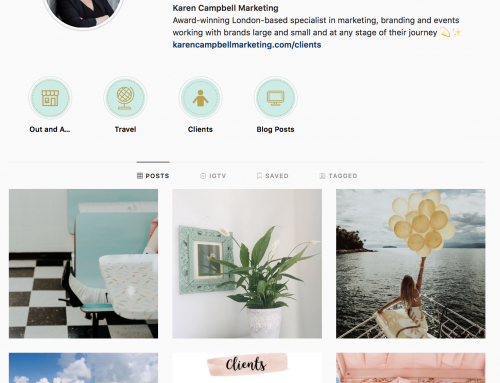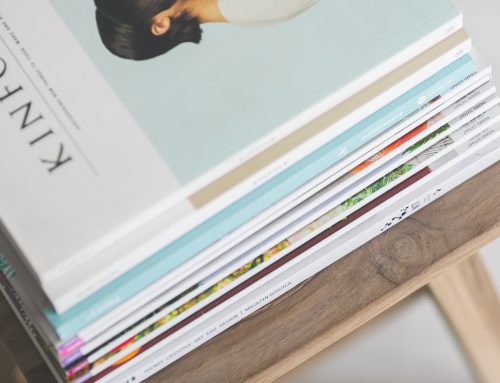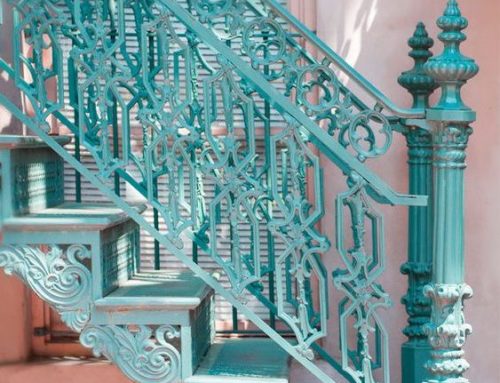For this blog post, I wanted to talk about brand, and in particular how to protect and look after your brand assets (something I have had to learn how to do and remember!).
For this I turned to one of my go-to contacts, the wonderful Vicki who runs London-based print company, Alphaset and who knows all there is to know about print.
Have you ever been asked for a copy of your high resolution logo, or what is your pantone colour or CMYK breakdown is, or what are your brand fonts? Were you able to put your hands on them easily and quickly?
I asked this question to delegates attending a branding workshop that I was invited to speak at – aimed mainly at SMEs – and many said they didn’t have their original logos and were unsure as to their correct colours.
One delegate commented, “..I wish I had known to do this two years ago, it would have saved me a fortune and I would have made sure I had secured my original logos.”
This includes ensuring you have a high resolution (300dpi) print version as well as a screen resolution (72dpi) logo.
Keep control of your brand:
It needn’t be complex; a simple folder that contains your fonts, your original logos, and a document that lists your brand colours broken down into different colour formats will mean you are secure into the future. Things that, as brand owners, you should know:
- What is your house-font? Does it have a TitleCase, UPPERCASE and Italic font in the family?
- Do you have a folder that contains a high resolution logo as well as a screen resolution in its original format and as an, eps jpg, pdf and png?
Don’t leave your brand only in the hands of your designer (relationships change, computers go bang). Ensure you have originals and reference to all is important.
When your designer is setting your brand colours, don’t forget to ensure you get all the formats that you will require moving forward, for print and screen/web:
- Digital Print – CMYK1 (coated & uncoated)
- Large Format Digital Print – CMYK (coated & uncoated)
- Litho Print – CMYK & Pantone2 (coated & uncoated) references
- Website – RGB3 & Hex4
How do paper and boards affect colour
You will find colours can look slightly different across different print methods and different weight and types of paper and board. Here at Alphabet, we will often provide clients with printed proofs or colour ‘swatch’ tests ahead of a project to be sure of consistency and so they can see how paper/board weights and how the finishes affect colour.
Your check list:
- CMYK – otherwise refered to as 4-colour process – is a mix of different percentages of :
C = Cyan
M = Magenta
Y = Yellow
K = Black - Pantone or PMS – (Pantone Matching System) is the print industry-wide colour reference. There is a coated ‘C’ and uncoated ‘U’ reference type.
- RGB – 3 colours Red, Green, Blue. Typically only used for onscreen digital.
- HEX – is again used for onscreen digital , often web, and is a hexadecimal value of RGB colours.
I hope you will find these tips useful and help you get your own brand under control.
As printers, we like to say yes wherever possible so do talk to us at Alphaset if you are not sure about colour or paper types and we will do our my best to help.
Thanks so much Vicki!





